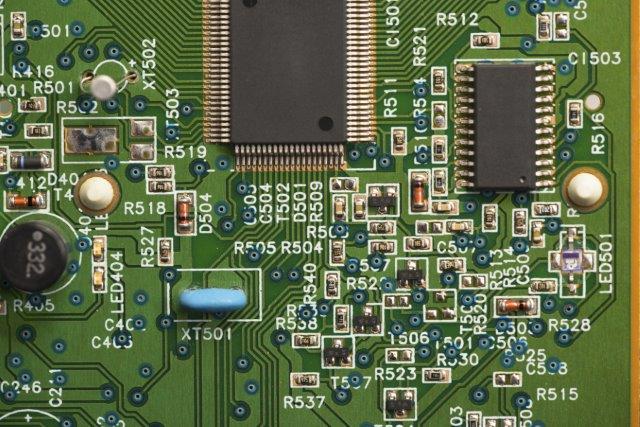FOR IMMEDIATE RELEASE
ACS News Service Weekly PressPac: February 19, 2014
Advance in energy storage could speed up development of next-gen electronics
"All-Nanosheet Ultrathin Capacitors Assembled Layer-by-Layer via Solution-Based Processes"
ACS Nano
Electronics are getting smaller all the time, but there’s a limit to how tiny they can get with today’s materials. Researchers now say, however, that they have developed a way to shrink capacitors — key components that store energy — even further, which could accelerate the development of more compact, high-performance next-gen devices. The study appears in the journal ACS Nano.
Takayoshi Sasaki and colleagues point out that many recent improvements have already downsized capacitors significantly. But current technology has almost reached its limit in terms of materials and processing, which in turn limits the performance that manufacturers can achieve. In response, researchers have gone to the nanoscale, but “nanocapacitors” are not easy to make. They require harsh, difficult-to-use methods and even then, they may not work that well. So Sasaki’s team developed an easier approach, and they use it to make high-performance “ultrathin” capacitors.
The researchers found that they could use gentle techniques and mild conditions to create a sandwich consisting of layers of two different types of oxide nanosheets to produce an ultrathin capacitor. In addition, the new capacitor has a capacitance density about 2,000 times higher than that of commercially available products. They say that, in the future, the ultrathin capacitors could be used in printed circuit boards and in memory storage devices, for example.
The authors acknowledge funding from the Japan Science and Technology Agency and MEXT, Japan.


